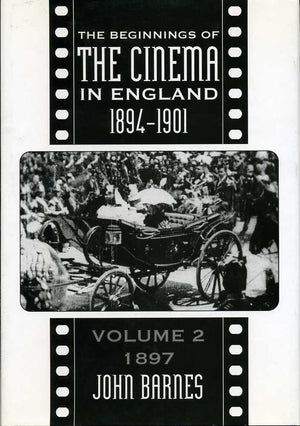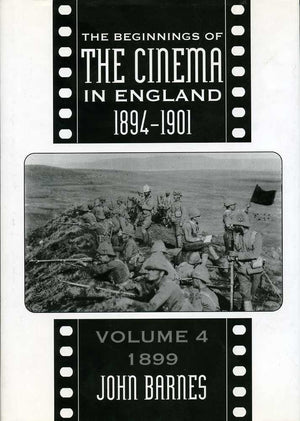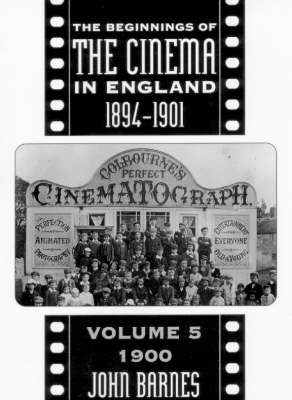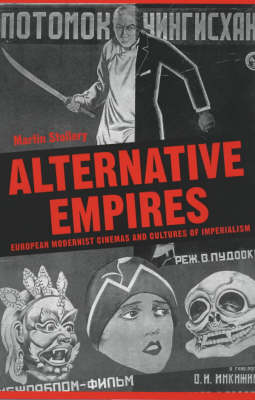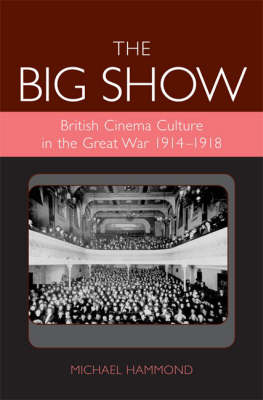University of Exeter Press
Finding Birt Acres
The Rediscovery of a Film Pioneer
Couldn't load pickup availability
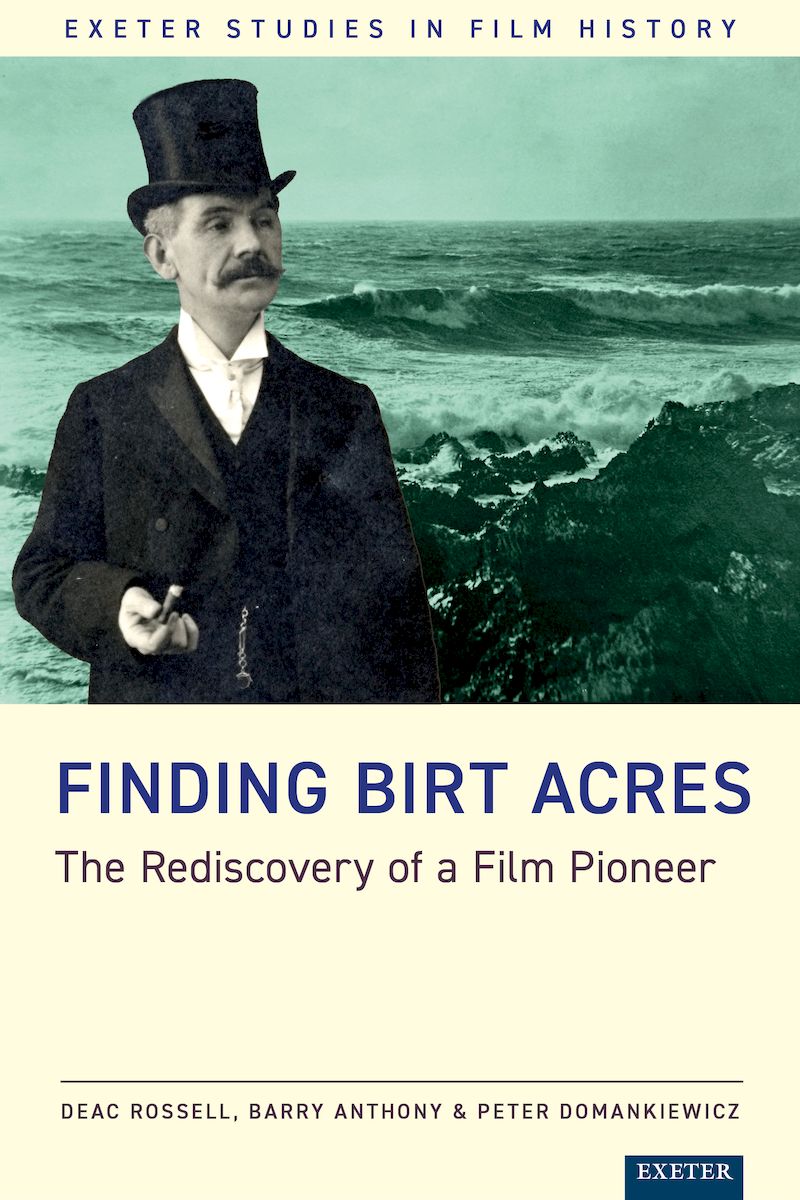

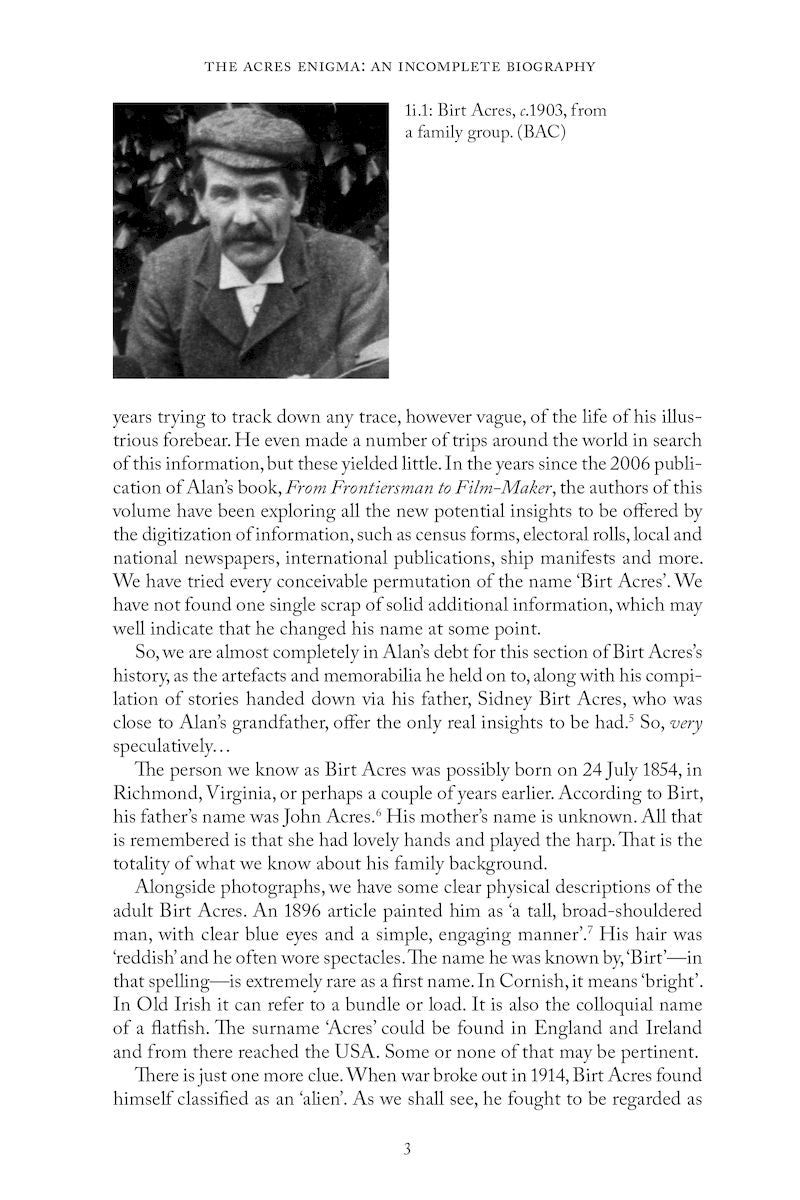
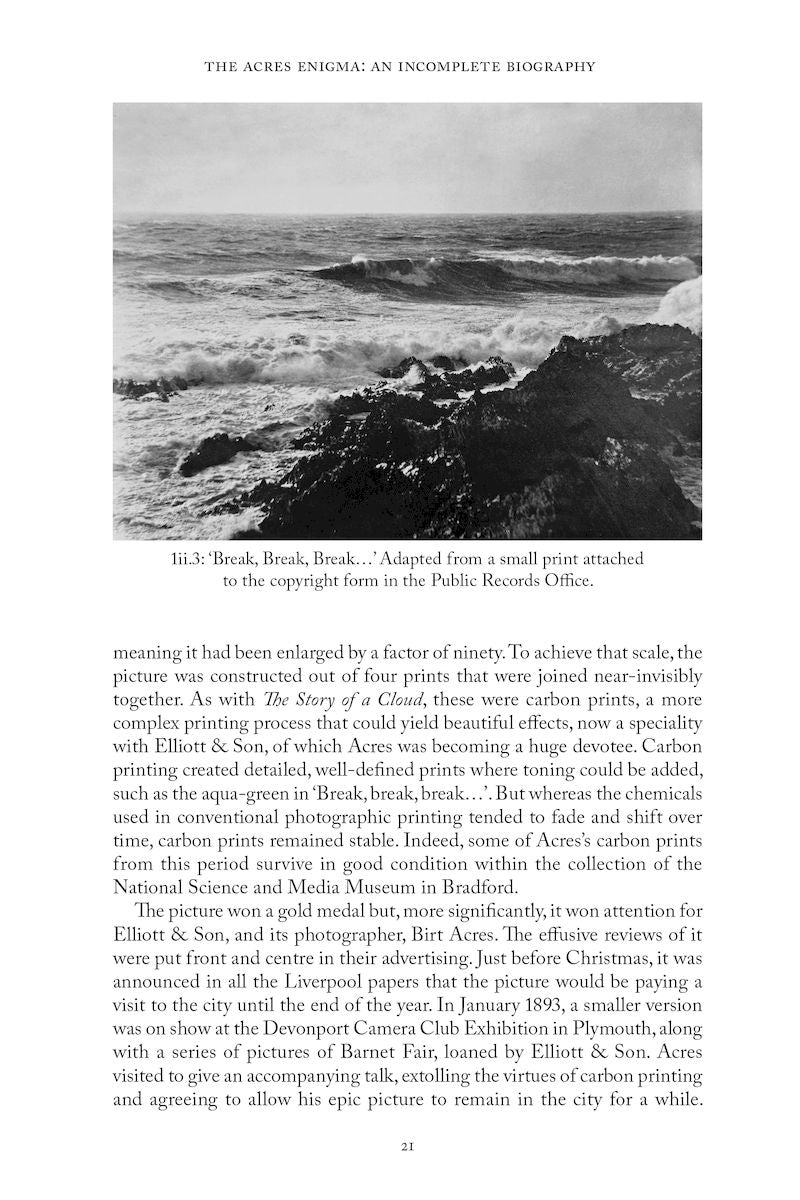
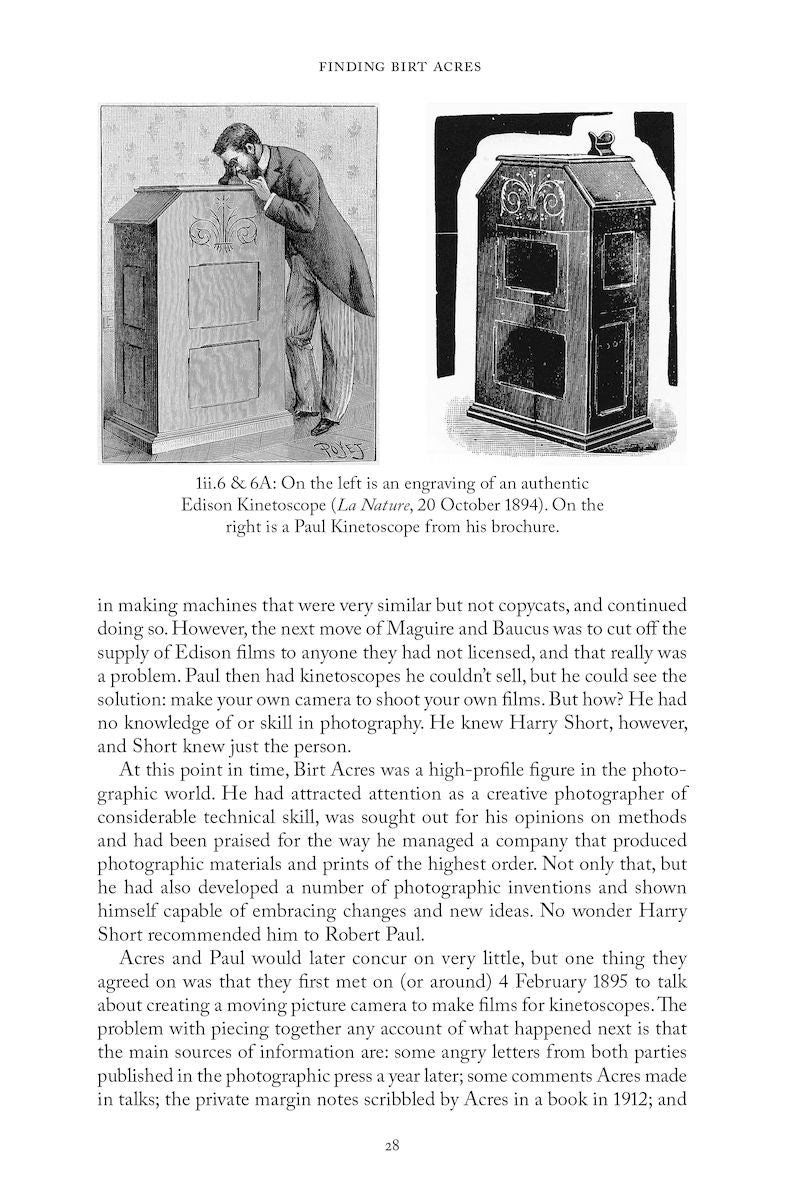
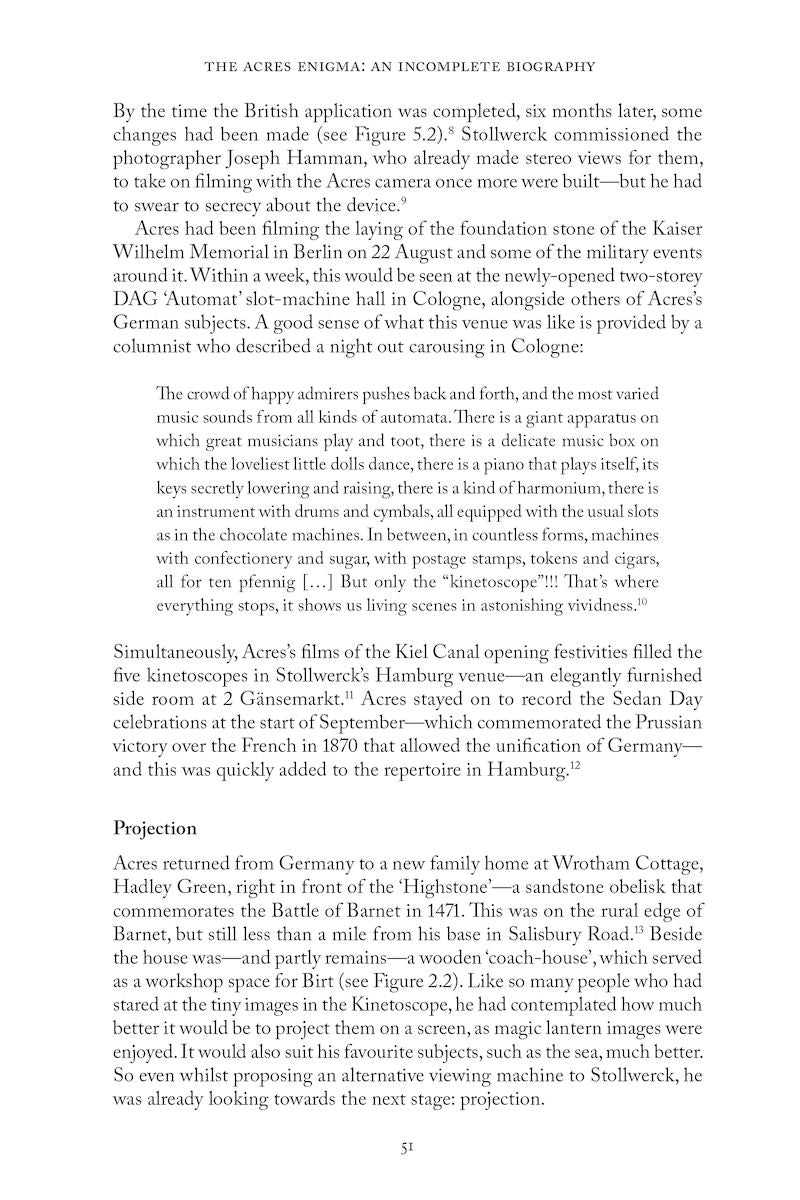
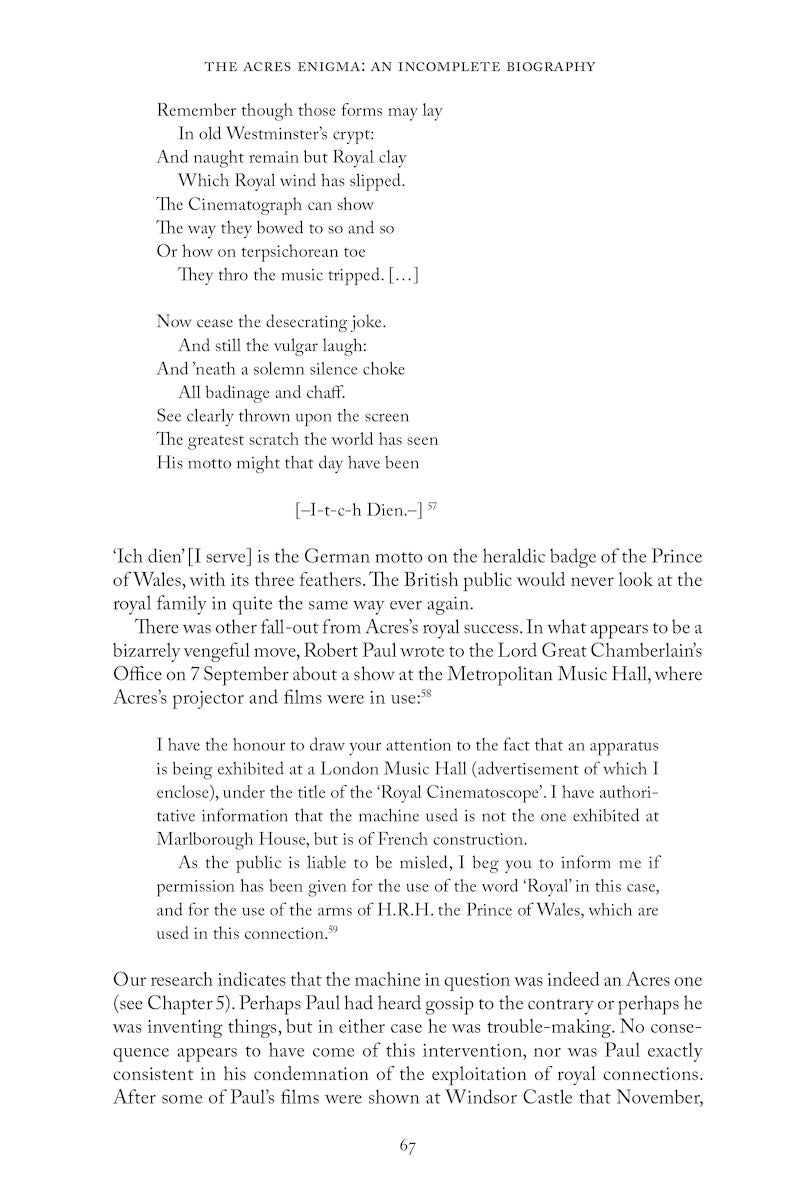
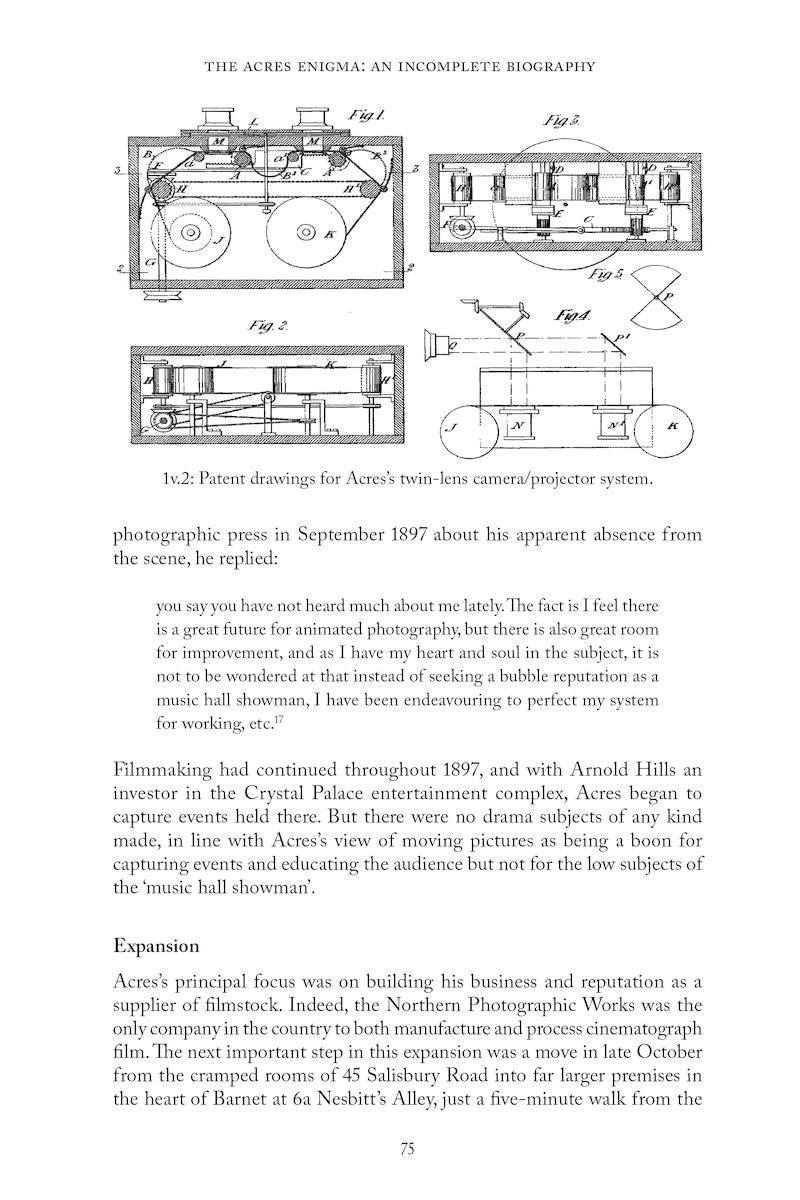
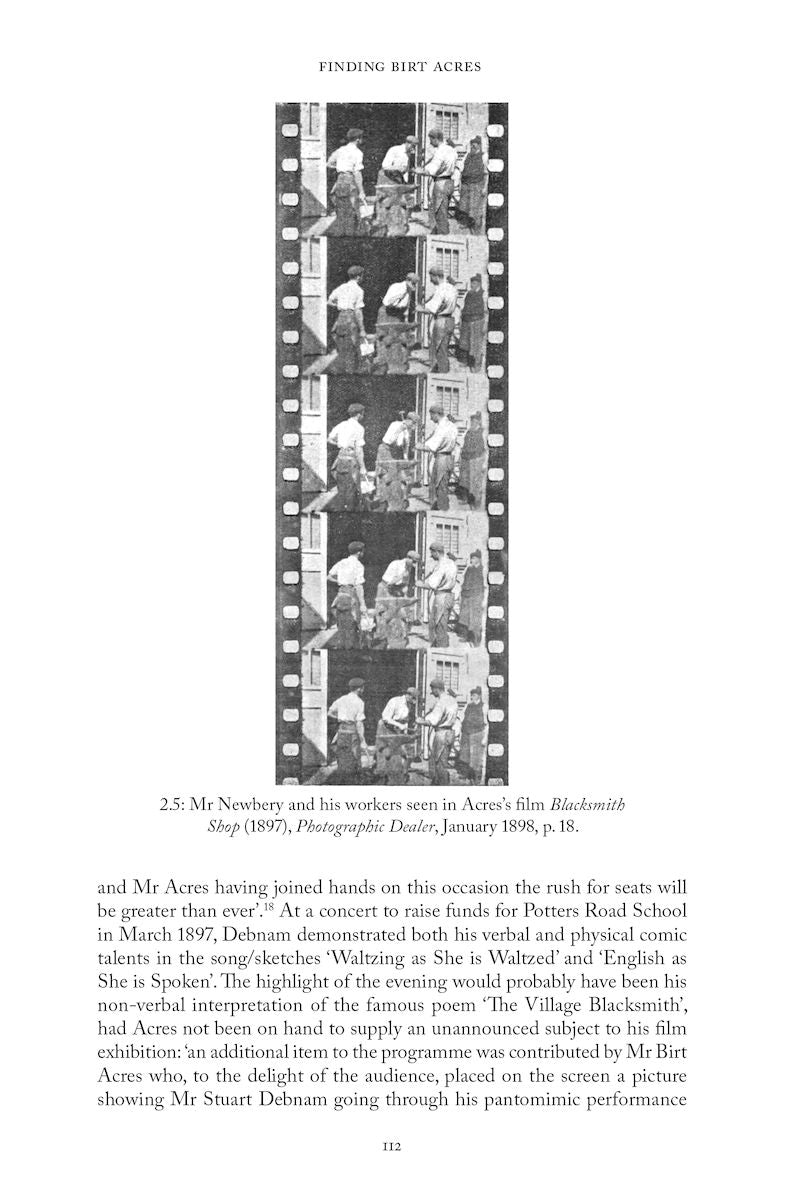
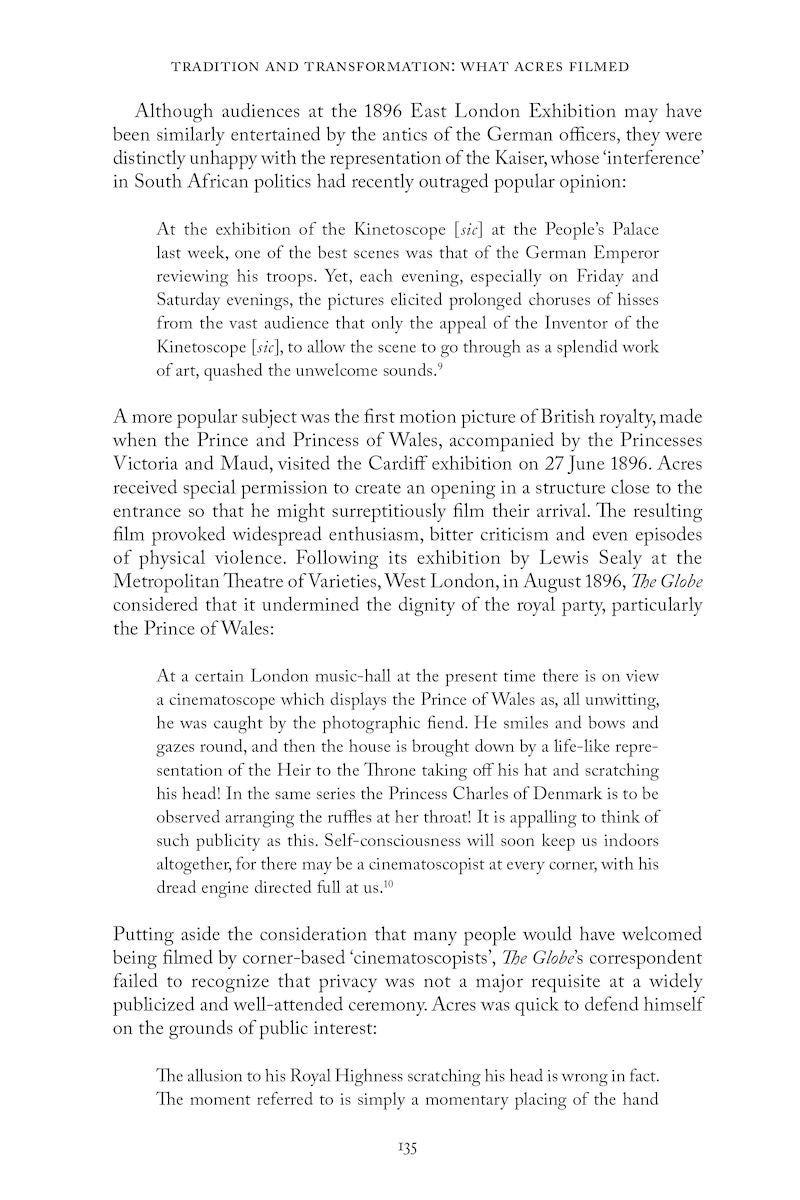
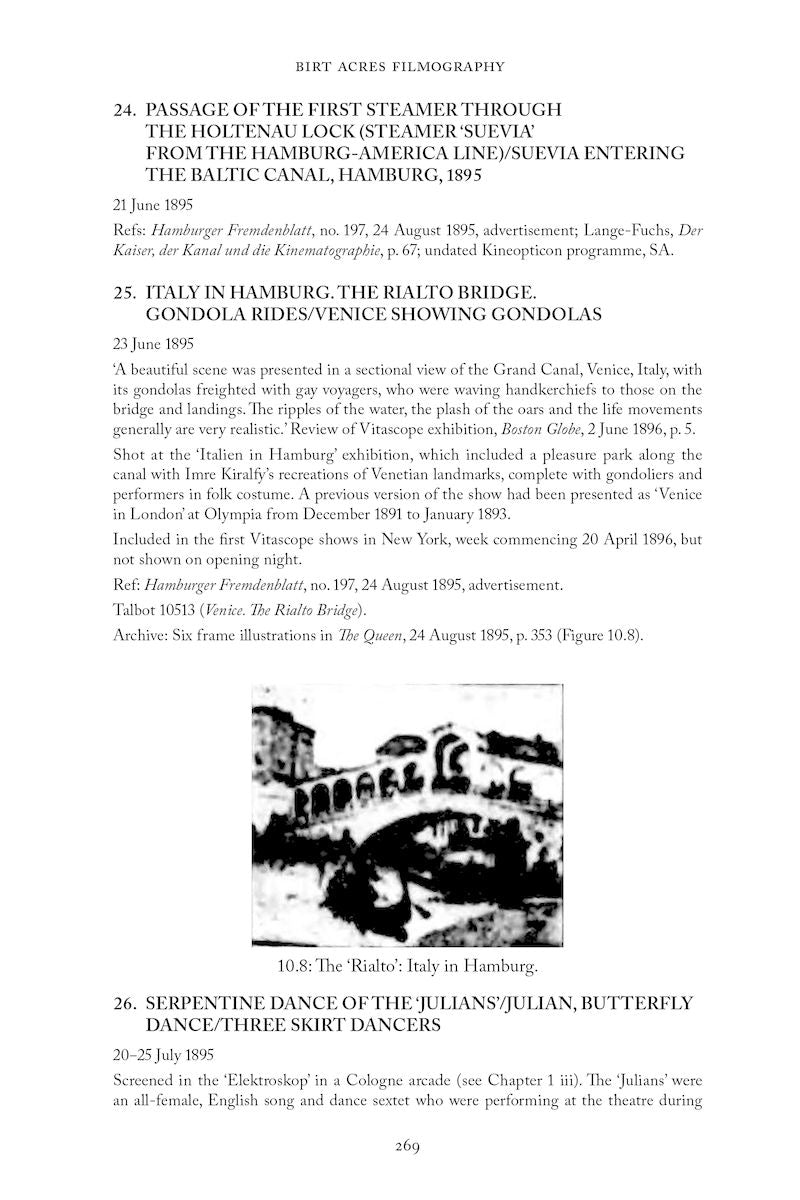
- 336 Pages
Apparently from Virginia, Birt Acres appeared out of nowhere in Britain aged 35, without a trace of his former life. Yet immediately he became a prominent figure in the late Victorian photographic world. He soon teamed up with Robert Paul to make a moving picture camera and then shot the first commercial films in Britain in spring 1895, in parallel with the work of the Lumière brothers in France, before repeating this in Germany. His innovations included being the first to establish a dedicated venue for watching films, to give a Royal Command Performance of moving pictures, to create screen advertising, and to design a home movie camera.
A disdain for showbusiness led to Acres squandering the commercial opportunities he created, and initiated the erasure of his remarkable story. From early in the twentieth century, film historians have consistently underestimated and undervalued his achievements.
In this book, for the first time, we see a detailed and compelling portrait of Birt Acres, with substantial new research on his early work in moving pictures and on the careers of his associates, leading directly to new interpretations of the importance of this elusive pioneer. It draws on a wealth of fresh sources, with a massively expanded filmography supporting this re-evaluation. Written by three specialists in early film history, this volume significantly revises the received story of Birt Acres, at the same time casting new light on the beginnings of cinema in Britain.
This is unquestionably a significant and original contribution to the field of early film studies.
Luke McKernan, formerly Lead Curator, News and Moving Image, the British Library
Finding Birt Acres stands alongside Martin Sopocy and Ian Christie’s monographs on James Williamson and Robert Paul as the tangible proof that an authoritative study on early cinema can also be a page-turner: a perfect marriage of scholarship and empathy, blissfully immune from hagiography.
Paolo Cherchi Usai, Senior Curator-at-large, George Eastman Museum
With a lively and authoritative text this book reappraises Birt Acres’ place in the history of cinematography and returns him to centre stage. The authors recast the troubled relationship with R W Paul, present a comprehensive filmography, and highlight the broader tensions that affected the nascent film industry. It should be on every film historian’s bookshelf.
Dr Michael Pritchard, photographic historian and researcher
An exemplary and very fine, almost police investigation into one of the most important film pioneers, Birt Acres, about whom little was known until now. This exciting work renews our vision of the very moving period of the early days of English cinema.
Laurent Mannoni, Scientific Director of the Heritage of the Cinémathèque Française
- 336 Pages
- 116 Black & white illustrations





























